11 Feb Police Car Collides With Van
In the case of Gorman v. Meghji, 2018 BCSC 1904, RCMP officer Gorman responded to an emergency call on his radio, and drove with his lights and sirens activated. He proceeded west on the Fraser Highway and accelerated his vehicle quickly, reaching a speed of 147 km/h.
At the same time, Mr. Meghji was driving his camper van, intending to cross the Fraser Highway. He drove into the intersection and as his van crossed the westbound lane of the Fraser Highway his vehicle was struck at a high speed by Cst. Gorman’s police car. Both vehicles were destroyed by the force of the collision and the Meghji van was flipped onto its side. Somewhat miraculously, no one was killed.
The Court had to assess the liability of both drivers, taking into consideration the relevant sections of the Motor Vehicle Act, R.S.B.C. 1996 (the “Act”), the duties of a police officer driving in an emergency response situation, and the duties of a driver entering a through highway and faced with the immediate approach of an emergency vehicle.
Pursuant to the Act, Mr. Meghji was required to stop at the stop sign and yield the right-of-way to traffic on the Fraser Highway that was approaching so closely as to constitute an immediate hazard.
When Mr. Meghji started forward, the Gorman car was too far away for him, or a reasonable driver in his position, to conclude that it was an immediate hazard. Before a vehicle can be an immediate hazard, it must be in a position and travelling at a speed where a reasonable driver would be able to see it and assess the risk it posed. Mr. Meghji would not have expected any vehicle to be travelling 145 km/h and could not have judged the speed of the Gorman car at that distance. Accordingly, Mr. Meghji did not breach his statutory obligation by entering the intersection.
The Court’s next consideration was whether Cst. Gorman breached the standard of care of an emergency response vehicle driver. The standard of care to which a police officer will be held is that of a reasonable police officer, acting reasonably and within the statutory powers imposed upon him or her, according to the circumstances of the case.
In order to exercise privileges under the Act, a police officer is required to balance the risk of harm to the public. An officer is also required to slow his or her “vehicle to a speed consistent with reasonable care when approaching or entering an intersection”. Cst. Gorman proceeded in a manner that was anything but cautious. He gave little or no weight to the risk to public safety that was created by his manner of driving.
The Court had to assess whether a driver had time to perceive and react to the presence of the emergency vehicle in the circumstances. The Court held that the speed at which Cst. Gorman was travelling was so fast that Mr. Meghji did not have sufficient time to perceive and react to the presence of the police vehicle.
The Court had no hesitation in concluding that Cst. Gorman breached the standard of care of a reasonable police officer in travelling on the highway at 145 km/h on a weekday afternoon through a commercial/residential zone at a speed that was close to 90 km over the speed limit. He did not slow down as he approached the intersection where the accident occurred. The fact that he was responding to a very high priority emergency did not give him the privilege of travelling at a speed that created an unreasonable risk to the public. He was required to take into account the time of day, the nature of the surrounding neighbourhood and the possibility that vehicles or pedestrians could cross the highway. In the present circumstances, Cst. Gorman failed to properly balance the utility of his conduct with the risk to public safety.
The final question the Court had to consider was whether Mr. Meghji was negligent in continuing through the intersection. The fact that the Gorman car was not an immediate hazard when Mr. Meghji entered the intersection did not mean that he could drive through the intersection with impunity. A driver entering an intersection, like the driver approaching it, must keep a proper lookout.
The Court concluded that Mr. Meghji’s decision to drive through the intersection in the manner he did was negligent. He knew that one emergency vehicle had passed at high speed. He was aware of the possibility that there could be a second emergency vehicle heading in the same direction. In spite of that, he accelerated immediately after his first assessment of the situation when he did not see any vehicle that posed an immediate hazard approaching from the east. He had five lanes to cross in a vehicle that did not accelerate quickly. Proceeding at a slower rate would have given him some opportunity to perceive and react to Cst. Gorman’s fast approaching vehicle. As a result, Mr. Meghji also had to bear some fault.
The Court held that the accident was caused by the negligence of both Cst. Gorman and Mr. Meghji. Liability was apportioned 80% to Cst. Gorman and 20% to Mr. Meghji.


